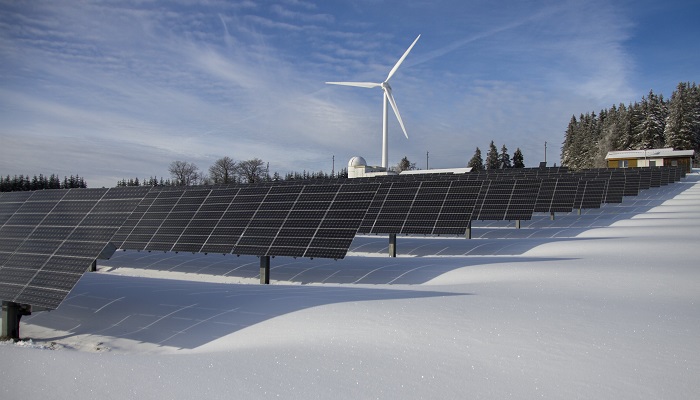As per a report rolled out by Wood Mackenzie, China is, in all likelihood, set to achieve 230 gigawatt installations of solar as well as wind energy projects by 2023. This renewable progress is attributed to the low cost of such technologies as well as the support offered by the government.
In 2023, the country’s installation went beyond the combined total deployment in the US as well as Europe, by more than doubling it. The forecasted investments for 2023 are expected to reach $140 billion.
According to the Vice President and Head of Asia Pacific Power and Renewables Research at Wood Mackenzie, Alex Whitworth, China went on to declare its goal of hitting carbon neutrality by 2060 in 2020. Since then, it has been very meticulously restructuring its overall power sector so as to facilitate the rapid adoption of electrification as well as the expansion of renewable energy sources.
It is indeed very impressive to witness China’s immense progress as one step up from the COVID-19 lockdowns this year. China has enormously elevated its wind and also solar outlook for 2025 by 43%, which is 380 GW in a matter of a couple of years. This is done as other markets are pulling back their renewable’s targets.
The report says that China’s decision to not go ahead with preferential feed-in tariffs for renewables in 2022 went on to result in a significant amount of savings from government subsidies, thereby amounting to billions of dollars.
It is well to be noted that China has also gone on to allocate $455 billion in terms of grid investments from 2021 to 2025, which happens to be a 60% increase as compared to the previous decade. This pretty significant investment will go on to help the country become a leader in terms of grid-connected energy storage, with an anticipated capacity of 67 GW by 2023.
As per WoodMac, China’s recently made policies have led to the establishment of over 100 GW of flexible power plants that make use of less coal, thereby aiding in the growth of renewable energy sources. Notably, the proportion of coal in its overall generation has dipped to 55%.







































